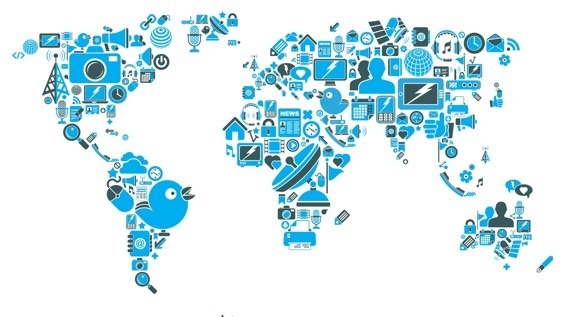(For part one of our conversation with Deloitte, click here!)
I used to run competitively in high school – specifically the 4X400 meter relay. The 4×400 is always the last race of the day and if you know anything about the 400 meter dash, you know that there is a strategy behind every move and one false step could lead to disaster. Well disaster struck one track meet. I had previously injured my foot and had been out in the sun all day. Nonetheless, I ran the race, because I didn’t want to let my team down. That sort of mentality led my team to improvements and, ultimately, led to qualifying for Europeans (the DoD version of nationals). In the end, it was all about helping the team move forward.
The same messages rings true with our government and the Internet of Things (IoT). In order to deal with these new technological innovations, Deloitte Consulting looked at how new IoT capabilities can enhance the govies’ work in their report: Anticipate, Sense, and Respond: Connected Government and the Internet of Things.
William Eggers, Research Director, Public Sector for Deloitte Consulting, Claire Niech, and Max Meyers, Senior Consultants at Deloitte spoke with Christopher Dorobek on the DorobekINSIDER about their report and the impacts technology can have on our day-to-day lives.
In the other words, govies need to set standards by adopting different devices within their systems to help further their ability to collect data to make better decisions and to deliver better services to their constituents.
These sensor connected devices are things we are already familiar with. These IoT innovations include the fitness trackers we wear as bands or the smart devices that help us monitor our air conditioning and heating at home- remotely. However, government is starting to embrace IoT. Eggers emphasized that “government cannot wait 5 years.” He stated that they “have to be thinking about it now and have to be getting involved in the [innovation] now.”
According to Meyers, government needs to embrace IoT for its unique capability to provide a quick response time. The ability to transmit the data collected from IoT in a quick manner is a capability that government needs and their constituents desire. Through this new and improved process government can “help manage information, shape decisions, and improve policy in real-time.”
Niech shared that people do not understand the public sector connection within the various IoT innovations. She continued to share that Deloitte Consulting looked into three domains: education, the public safety mission, and utilities to see how different devices could transform those empty spaces that are in need of solutions. These solutions, these empty spaces, can be resolved with new applications. Most importantly, Meyers reminded govies to, “use this data to engage humans; show them the value.” He reminded us how the data collected can “make lives better, improve public services and create public value.”
Meyers summed it up when he reminded us all that “at the end of the day, it is about action.” Is your agency embracing IoT? Hit the comment section and let us know!
